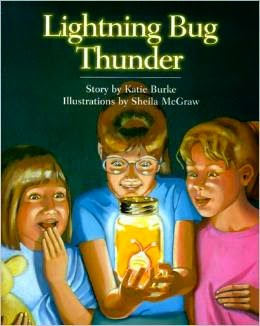Summer, 2014 Botzakis
Personal Glossary
The source of most of my
definitions came from A New Literacies Sampler by Lankshear and Knobel.
1. Anime-
a style of animation originating
in Japan that is characterized by stark colorful graphics depicting vibrant
characters in action-filled plots often with fantastic or futuristic themes
2. Affinity Space-
According to Gee (2004), "An
affinity space is a place or set of places where people affiliate with others
based primarily on shared activities, interests, and goals, not shared race,
class culture, ethnicity, or gender" (p. 67).
3. Blogging-
a Web site on which someone
writes about personal opinions, activities, and experiences.
4. Emote-
Expression of emotion, action, or
gesture (p.127)
5.“Etho Stuff”
Lankshear and Knobel refer to new
digital environments as “techno stuff” and the way in which we use and engage
with them, “ethos stuff.” Source: Teaching
Writing in a Digital Age at
http://twinada.wordpress.com/
6. e-readers-
a handheld device on which
electronic versions of books, newspapers, magazines, etc., can be read.
7. Fan Fiction-
fiction written by a fan of, and
featuring characters from, a particular TV series, movie, etc.
8. Fecundity-
The rate at which an idea or
pattern is copied or spread. One
of Dawkin’s characteristics of a successful meme. The more quickly a meme spreads, the more likely it is to
capture robust and sustained attention and be replicated and distributed. (Pg. 202 Ch. 9)
9. Glocalized-
Blends local and global
communication and interaction such as social networks (p. 190)
10. Hybrid Texts-
Texts that are comprised of
combinations of various media and narrative genres (p.188)
11. Intertextuality-
Texts made from other texts (p.153)
12. Memes-
an element of a culture or system
of behavior that may be considered to be passed from one individual to another
by nongenetic means, especially imitation.
a humorous image, video, piece of
text, etc. that is copied (often with slight variations) and spread rapidly by
Internet users. (p. 199)
13. New literacies-
refers to new forms of literacy
made possible by digital technology developments, although new literacies do
not necessarily have to involve use of digital technologies to be recognized as
such.
14. Manga Producing-
Manga is a Japanese word
referring both to comics and cartooning. "Manga" as a term used
outside Japan refers specifically to comics originally published in Japan.
15. Online Writing-
A text created with (and usually
intended for viewing on) a computer, smartphone, or similar digital device
16. Podcasting-
a digital audio or video file or
recording, usually part of a themed series, that can be downloaded from a
website to a media player or computer.
17. Primary Discourses-
Our primary Discourse is how we
learn to do and be (including speaking and expressing) within our family (or
face to face intimate) group during our early life.
18. Secondary Discourses-
Our secondary Discourses (and we
each have many of these, although they differ from person to person) are those
we arerecruited to through participation in outside groups and institutions,
such as schools, clubs, workplaces, churches, political organizations, and so
on.
19. Vodcasting-
the creation and provision of video files for download to a
computer, MP3 player, etc.
20. Zine-
a small magazine that is written by people who are not
professional writers and that usually has stories about a particular subject. a
noncommercial often homemade or online publication usually devoted to
specialized and often unconventional subject matter. (Source:
merriam-webster.com)



































